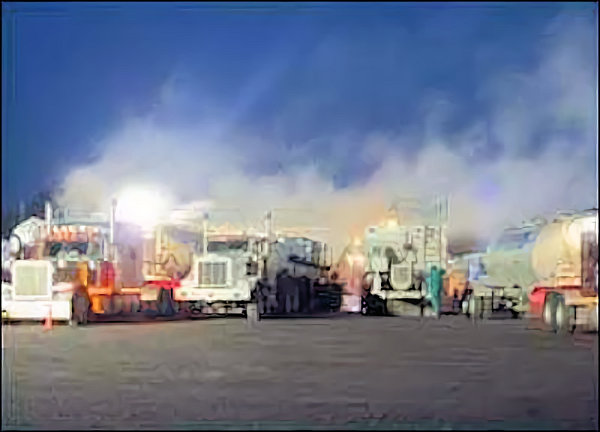Silica, Nuisance Dust, Dried Mud, or Silt
One of the most dangerous types of dust is respirable crystalline silica. When materials like concrete, sand, stone, or brick are disturbed, they can release very small silica particles into the air.
These particles are too small to see, but when inhaled, they can become deeply lodged in the lungs.
Health Hazards of Crystalline Silica
Inhaling crystalline silica can cause serious and sometimes fatal diseases. These include:
- Silicosis – a lung disease caused by breathing in silica dust over time. It leads to scarring of lung tissue and makes breathing difficult.
- Lung cancer – silica has been classified as a human carcinogen by the International Agency for Research on Cancer (IARC).
- Chronic obstructive pulmonary disease (COPD) – such as chronic bronchitis and emphysema.
- Kidney disease – long-term exposure to silica may also damage the kidneys.
In addition to silica, workers may also be exposed to nuisance dusts from dried mud, dirt, silt, and other construction materials. While these may not cause silicosis, they can still irritate the lungs, eyes, and skin and lead to respiratory discomfort or long-term respiratory conditions if exposure is repeated.
Key Engineering Controls and Safe Work Practices
To protect workers from inhaling silica and other fine dusts, employers must implement effective control measures. These include:
- Stay upwind of or away from dust-generating activities, especially when working near materials that contain crystalline silica such as concrete, mortar, stone, brick, tile, or drywall.
- Use water spray or mist to control dust at the source. Wet methods help keep dust from becoming airborne during cutting, grinding, drilling, jackhammering, or demolition activities.
- Use local exhaust ventilation systems with tools and equipment when possible. This helps capture dust at the point where it is generated.
- Do not use compressed air to clean surfaces or clothing unless proper ventilation and dust collection systems are in place.
- Clean work areas regularly using methods that do not kick dust into the air, such as vacuuming with HEPA-filtered equipment or using wet cleaning techniques.
- Conduct air monitoring to sample worker exposures to respirable silica and ensure that exposure limits are not exceeded.
- Rotate workers or limit time spent in dusty areas to reduce overall exposure.
- Provide NIOSH-approved respirators when engineering and administrative controls do not fully protect workers from overexposure to silica dust.
Employers must also provide training so that workers understand the risks of silica exposure, recognize when they are at risk, and know how to protect themselves. A written exposure control plan must be in place for operations involving silica, according to OSHA's Respirable Crystalline Silica Standard (29 CFR 1926.1153 for construction or 29 CFR 1910.1053 for general industry).
Knowledge Check Choose the best answer for the question.
3-4. What illnesses can silica particles lead to when inhaled and lodged in the lungs?
You forgot to answer the question!

